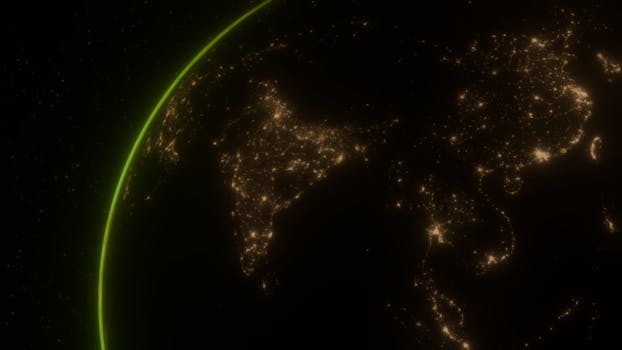
“
Beyond the Milky Way: Imagining New Worlds and Possibilities
Introduction to Beyond the Milky Way
Beyond the Milky Way: Imagining New Worlds and Possibilities, as we gaze up at the night sky, we can’t help but wonder what lies beyond our galaxy, the Milky Way. The sheer scale of the universe is awe-inspiring, with billions of galaxies stretching out as far as the eye can see. In this article, we’ll explore the possibilities beyond our galaxy and what new worlds might hold for humanity. For more on the power of imagination in the cosmos, check out Soaring Through the Cosmos: The Power of Imagination Beyond the Stars.
Understanding the Milky Way
The Milky Way is just one of billions of galaxies in the observable universe. It’s a barred spiral galaxy, consisting of hundreds of billions of stars, gas, and dust. The Milky Way is estimated to be about 100,000 light-years in diameter, with our solar system located in one of its outer spiral arms. To learn more about different types of galaxies, you can read Galaxies of Dreams: How Imagination Transcends the Night Sky.
Exploring the Universe Beyond the Milky Way
So, what lies beyond the Milky Way? The short answer is: a lot. The universe is vast and expanding, with new galaxies and star systems being discovered all the time. Some of the most interesting objects in the universe include:
- Galaxy Clusters: These are groups of galaxies held together by gravity. Galaxy clusters can contain thousands of galaxies and are some of the largest structures in the universe.
- Supermassive Black Holes: These are black holes with masses millions or even billions of times that of our sun. They’re found at the centers of many galaxies and play a key role in shaping the universe as we know it.
- Neutron Stars and White Dwarfs: These are the remains of stars that have exhausted their fuel and have shrunk to extremely small sizes. They’re incredibly dense and can rotate at incredibly high speeds.
- Exoplanets: These are planets that orbit stars other than our sun. Exoplanets come in all shapes and sizes, and some are even thought to be capable of supporting life.
Imagining New Worlds and Possibilities
As we explore the universe beyond the Milky Way, we’re constantly discovering new and exciting worlds. Some of these worlds are similar to our own, while others are incredibly alien. Let’s take a look at a few examples:
- Kepler-452b: This exoplanet is often referred to as Earth’s cousin. It’s a rocky world that orbits a star similar to our sun and is about 60% larger in diameter than our own planet.
- TRAPPIST-1e: This exoplanet is one of seven Earth-sized worlds that orbit the ultracool dwarf star TRAPPIST-1. Three of these planets are thought to be capable of supporting liquid water, making them potential candidates for supporting life.
- WASP-12b: This exoplanet is a hot Jupiter that orbits a star about 1,200 light-years from Earth. It’s an incredibly hostile world, with surface temperatures reaching as high as 4,000 degrees Fahrenheit.
Takeaways
- The universe is vast and full of mysteries waiting to be uncovered.
- Exploring the universe beyond the Milky Way can help us better understand our place in the cosmos.
- Discovering new worlds and possibilities can inspire us to reach for the stars and push the boundaries of human knowledge. For insights on how imagination drives exploration, see Charting New Realms: The Journey of Imagination Beyond the Stars.



